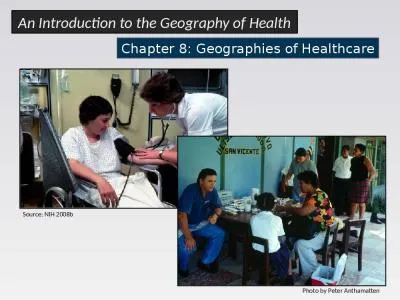PPT-Chapter 4: Geographies of Language
Author : liane-varnes | Published Date : 2017-05-12
How is language connected to culture Provides a basis for communication It shapes identity Reflects a relationship with place Language is situational and flexible
Presentation Embed Code
Download Presentation
Download Presentation The PPT/PDF document "Chapter 4: Geographies of Language" is the property of its rightful owner. Permission is granted to download and print the materials on this website for personal, non-commercial use only, and to display it on your personal computer provided you do not modify the materials and that you retain all copyright notices contained in the materials. By downloading content from our website, you accept the terms of this agreement.
Chapter 4: Geographies of Language: Transcript
Download Rules Of Document
"Chapter 4: Geographies of Language"The content belongs to its owner. You may download and print it for personal use, without modification, and keep all copyright notices. By downloading, you agree to these terms.
Related Documents

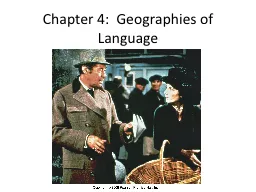
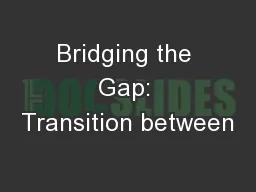
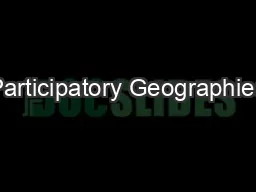
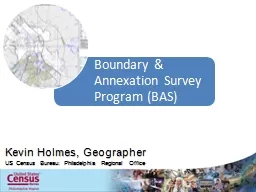
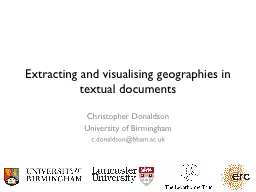
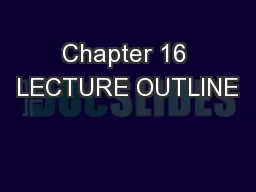



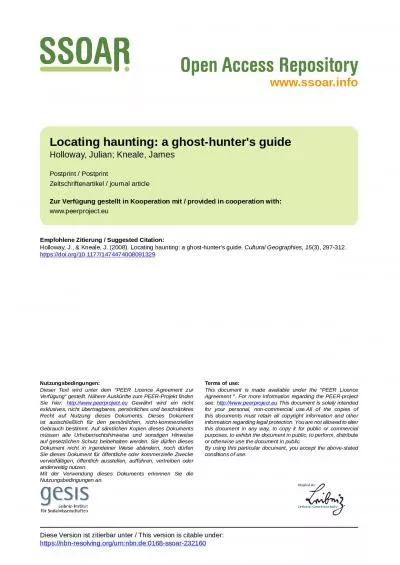
![[DOWNLOAD]-Military Geographies](https://thumbs.docslides.com/958170/download-military-geographies.jpg)
![[EBOOK]-Southscapes: Geographies of Race, Region, and Literature (New Directions in Southern](https://thumbs.docslides.com/958179/ebook-southscapes-geographies-of-race-region-and-literature-new-directions-in-southern-studies.jpg)
![[READ]-Social Justice and the City (Geographies of Justice and Social Transformation Ser.)](https://thumbs.docslides.com/958344/read-social-justice-and-the-city-geographies-of-justice-and-social-transformation-ser.jpg)
